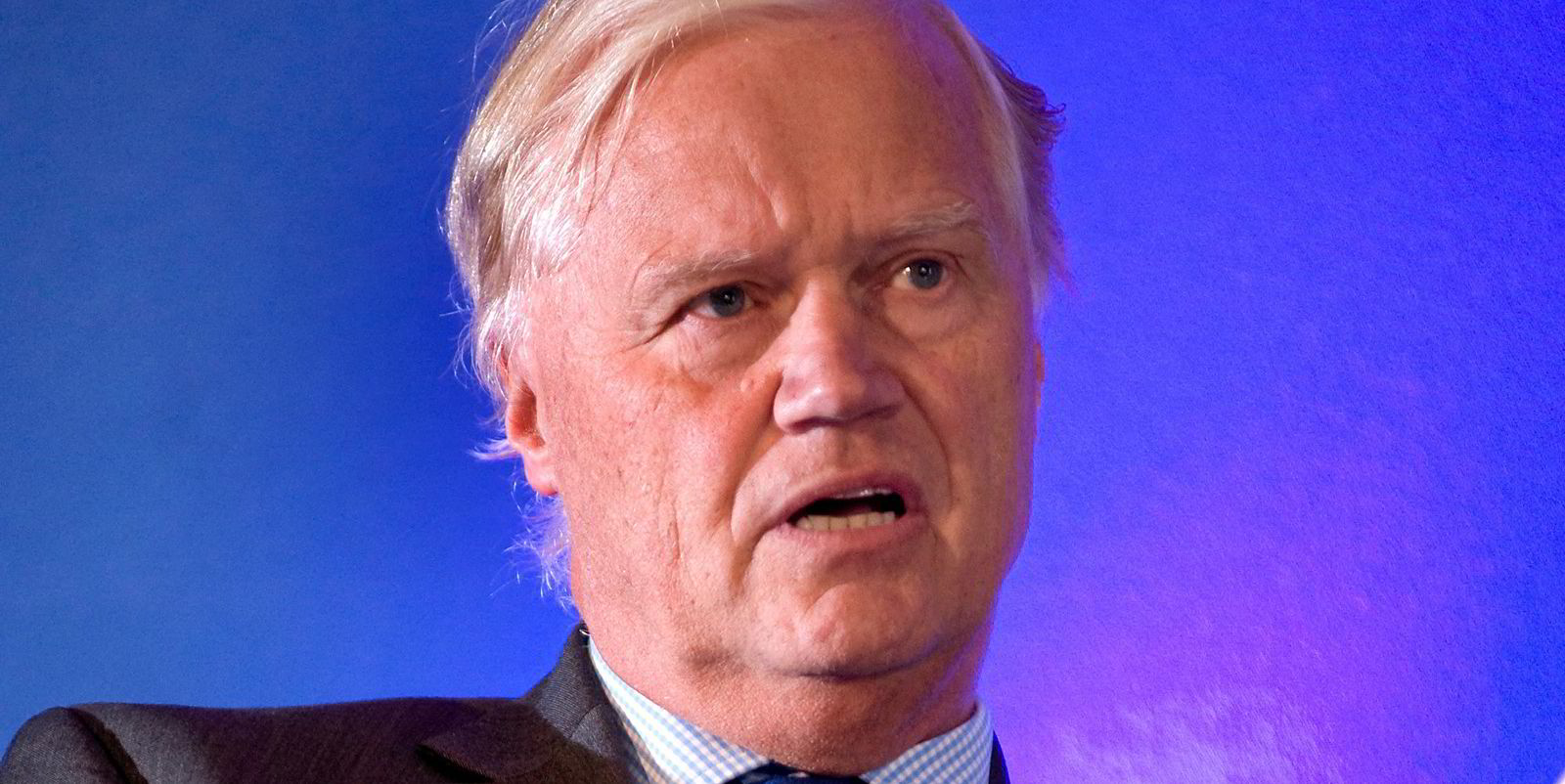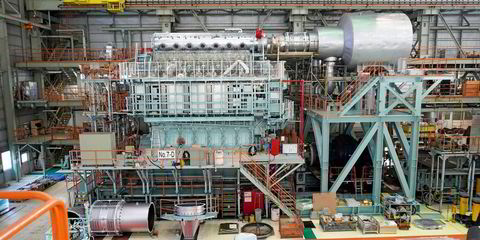Adjusting payment terms to take advantage of higher interest rates could help shipowners offset increases in hull and machinery premium next year, says Gallagher.
The broker is expecting increases in the cost of hull and machinery insurance in response to global inflation and pressures on the reinsurance market.
It suggests that interest rates could be used to reduce hull and machinery premium by using top-heavy payment terms.
“We have entered a period of higher interest rates which could be sustained for some time,” said executive director of marine Mike Ingham in the broker’s latest market report.
“Perhaps the inflationary rate increases — if they materialise — could be offset if owners are willing to pay premiums promptly upfront, something which might be more palatable for owners operating in favourable shipping market conditions.”
Hull underwriters are not only facing inflationary pressures, their reinsurers are also lining up increases in premium in response to mega-claims from hurricane Ian and the conflict in Ukraine.
“The reinsurance market is expected to present hull insurers with another set of difficulties at the forthcoming 1st January renewals,” Ingham said.
“The market is suffering from large potential losses on aviation war and war on land policies. These classes have typically been written in combined programmes with marine and energy, so there is a strong possibility that reinsurers will be looking for rate increases and larger net retentions for insurers, as well as potentially separating some classes from the combined towers.”
The arrival of new capacity has continued this year with the emergence of insurer Everest in the marine hull market. That follows the launch of managing general agents such as Navium and Amphitrite, which have become established.
Gallagher expects two more managing general agents to emerge next year, which could help limit the upcoming increases in rates.
“The question for 2023 is whether the new capacity in the market — as well as pressure on existing capacity to grow their portfolios — is enough to neutralise the market seeking increases for claims inflation and higher reinsurance costs,” it said.





